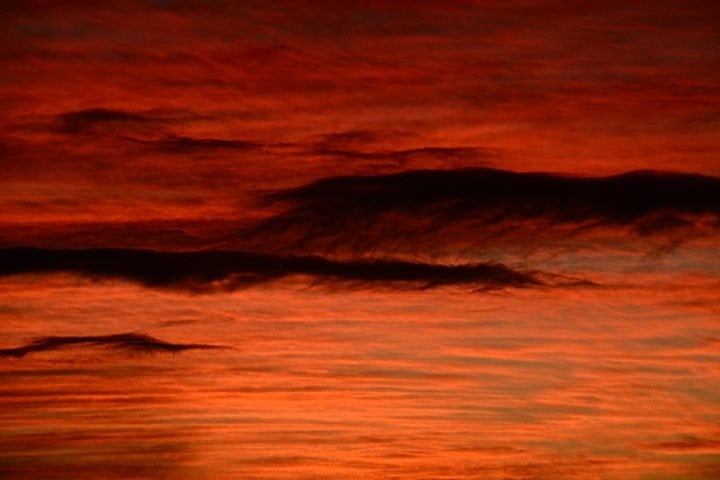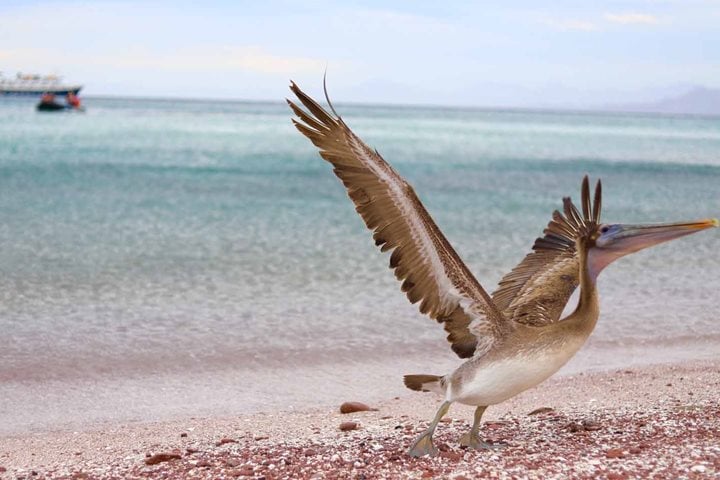Last night we left La Paz and began our voyage by heading north for regions near the islands of Isla Monserrat, Isla del Carmen, and Isla Santa Catalina. Our morning was spent cruising and searching for marine wildlife. No one was disappointed with the discovery of bow-riding bottlenose dolphins, yellow footed gulls, frigatebirds, and an occasional mobula ray jumping out of the waters of the Sea of Cortez.
For the afternoon we went ashore to explore one of the beautiful islands of the Gulf of California. Prior to our shore excursions many of us jumped into the water for our first snorkel opportunity. Colorful fish stared back as we found yellowtail surgeonfish, moorish idol, giant damselfish, and more. Ashore we walked in a true forest of cardon cacti, plump from a recent hurricane season and the subsequent rainfall. The succulent plants of this desert region so well known for being drought deciduous were in full leaf, not a sign of stress or yellowing of foliage. Brilliant red flowers of the desert mistletoe, designed to draw in hummingbirds as a pollinator, did a great job of drawing in photographers for a quick snapshot. Several folks were lucky enough to be with our expert naturalist staff that found two endemic rattlesnakes. It was the color of the sand it was on and quietly curled up under a desert shrub. We had to look closely to see it.
With the sun at a low angle in the sky and shadows growing long, the giant barrel cacti spines glowed as golden yellow crowns atop their bloated pleated bodies. Unique cloud formations dominated the sky, with light orange and blue-gray highlights as the sun finally set behind the jagged skyline of the Baja California peninsula.









